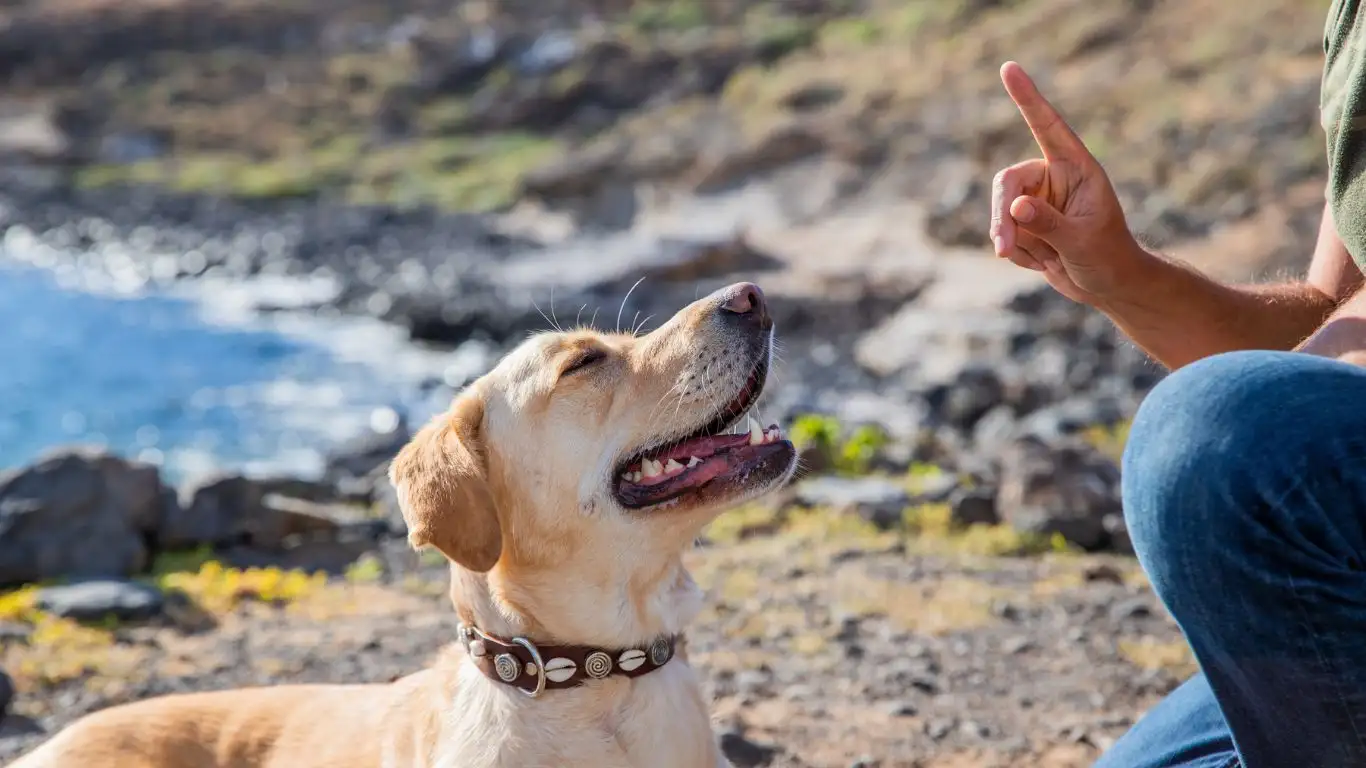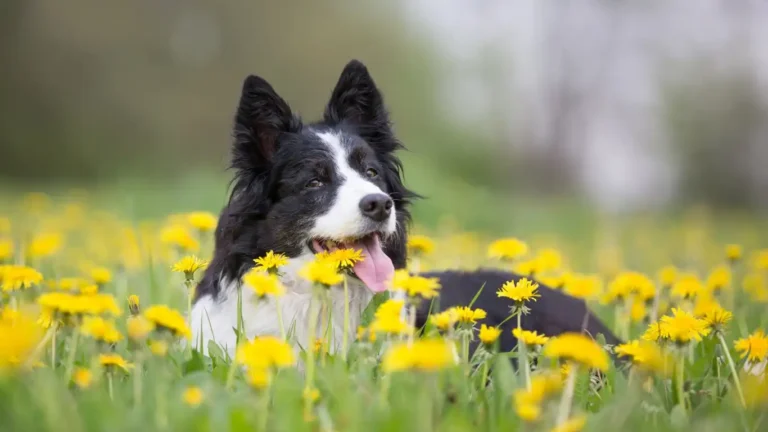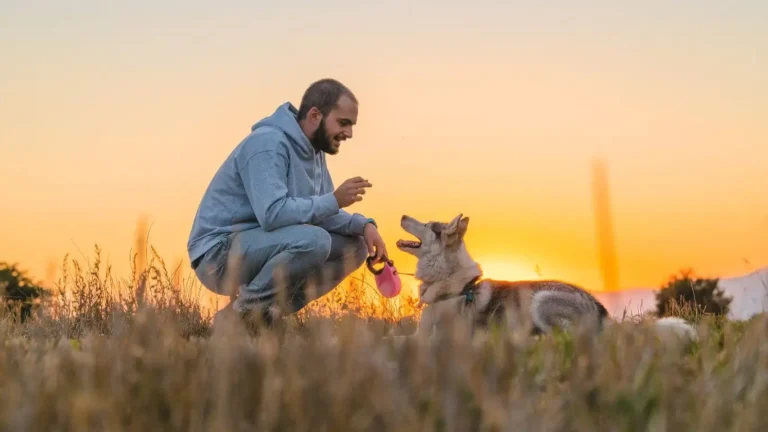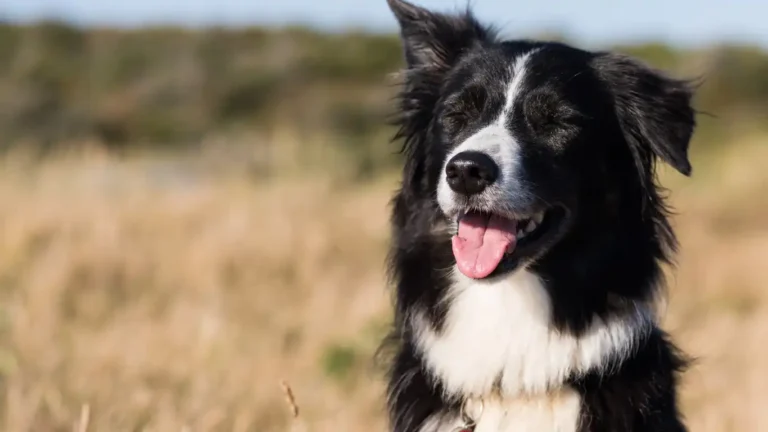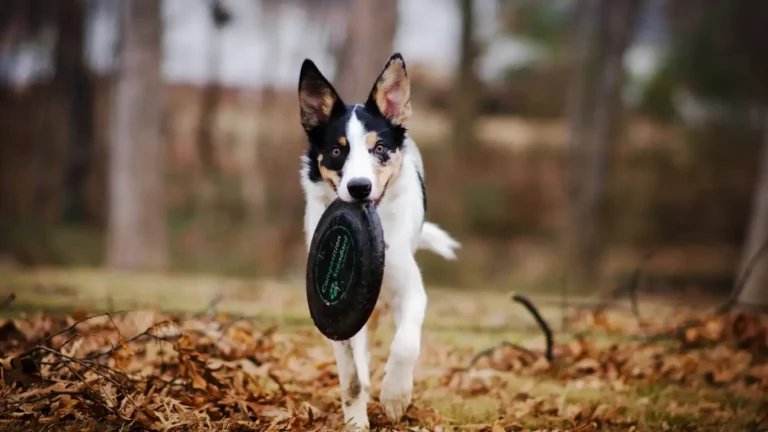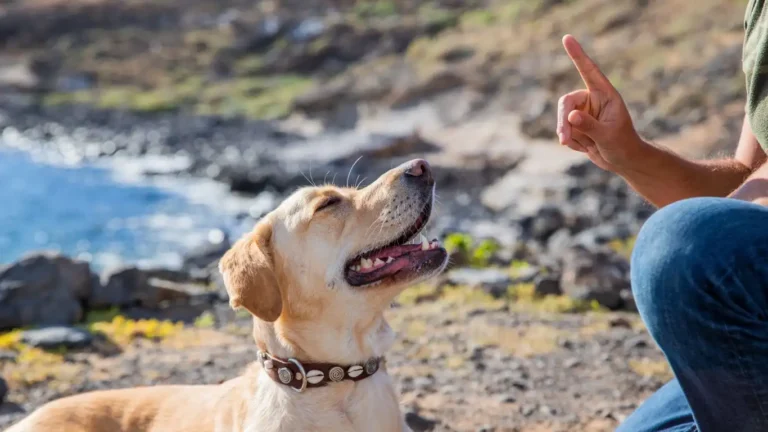How to Train a Dog to Remain Calm Around Bikes Without Stress
Ever tried walking your dog down a quiet trail, only for it to turn into a tug-of-war match the second a bicycle comes into view? Yeah, I’ve been there too—more times than I’d like to admit. As a Canine-Assisted Therapy Trainer, I’ve worked with plenty of dogs who just couldn’t keep their cool around bikes. Teaching a dog how to remain calm around bikes isn’t just about obedience—it’s about trust, confidence, and communication. So, if you’re wondering how to train a dog to remain calm around bikes, you’re in the right place. Let’s break it down together.
Understanding the Root of the Reaction
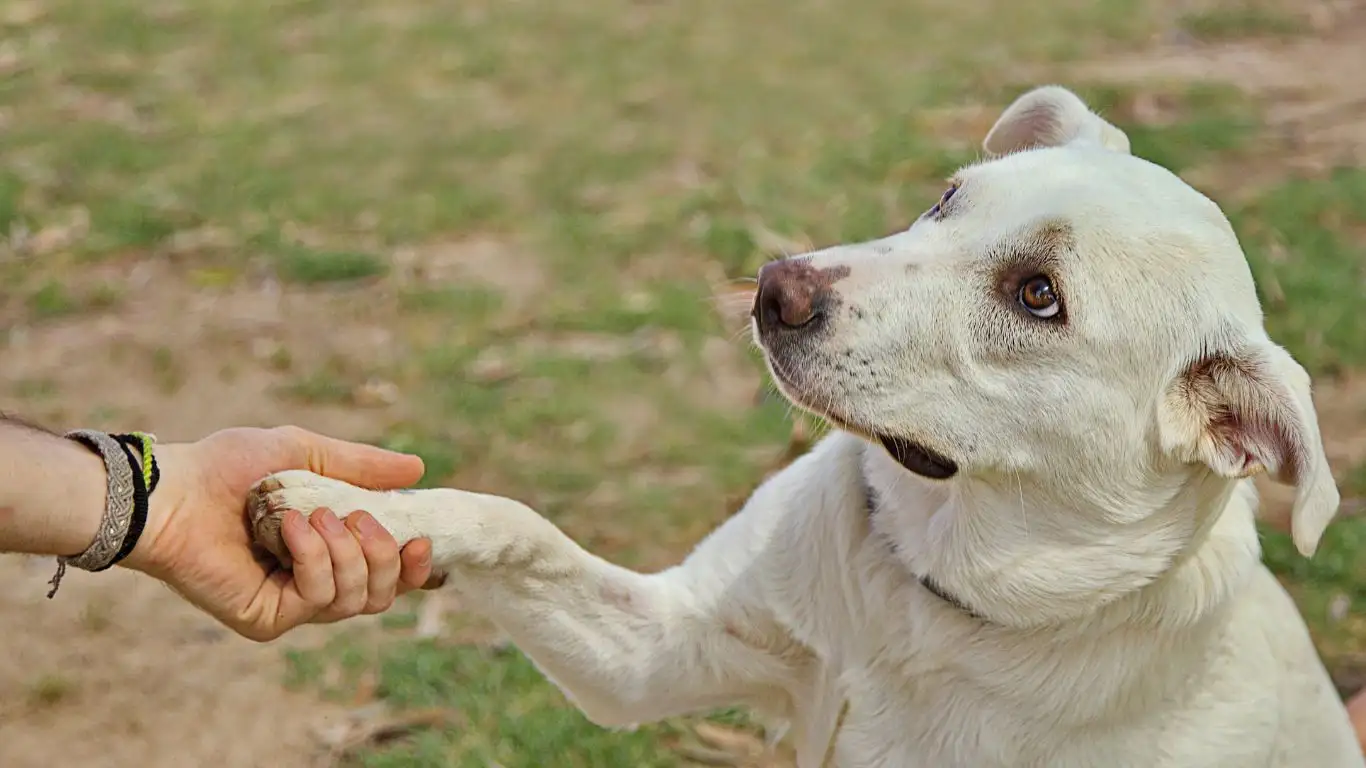
Before you can teach your dog to stay chill when a bike rolls by, it helps to understand *why* they’re freaking out in the first place. Is it fear? Excitement? A territorial instinct? In my experience, it’s often a mix of all three.
Think about it from your dog’s perspective: a fast-moving, two-wheeled contraption zooms past them with little warning, maybe with a rider wearing a helmet and sunglasses (read: robot-human hybrid, in your dog’s eyes). That’s a lot for a pup to process. Dogs rely heavily on body language, and bikes just don’t give off the kind of social cues they’re used to reading.
Common Reasons Dogs React to Bikes
- Prey drive: The bike’s movement triggers a chase instinct.
- Lack of exposure: Some dogs just haven’t seen enough bikes to be comfortable.
- Fear response: They might associate bikes with a loud or scary event.
- Protective instincts: Your dog might think it needs to guard you from the “unknown object.”
Start with Desensitization (a.k.a. The Chill Zone Training)
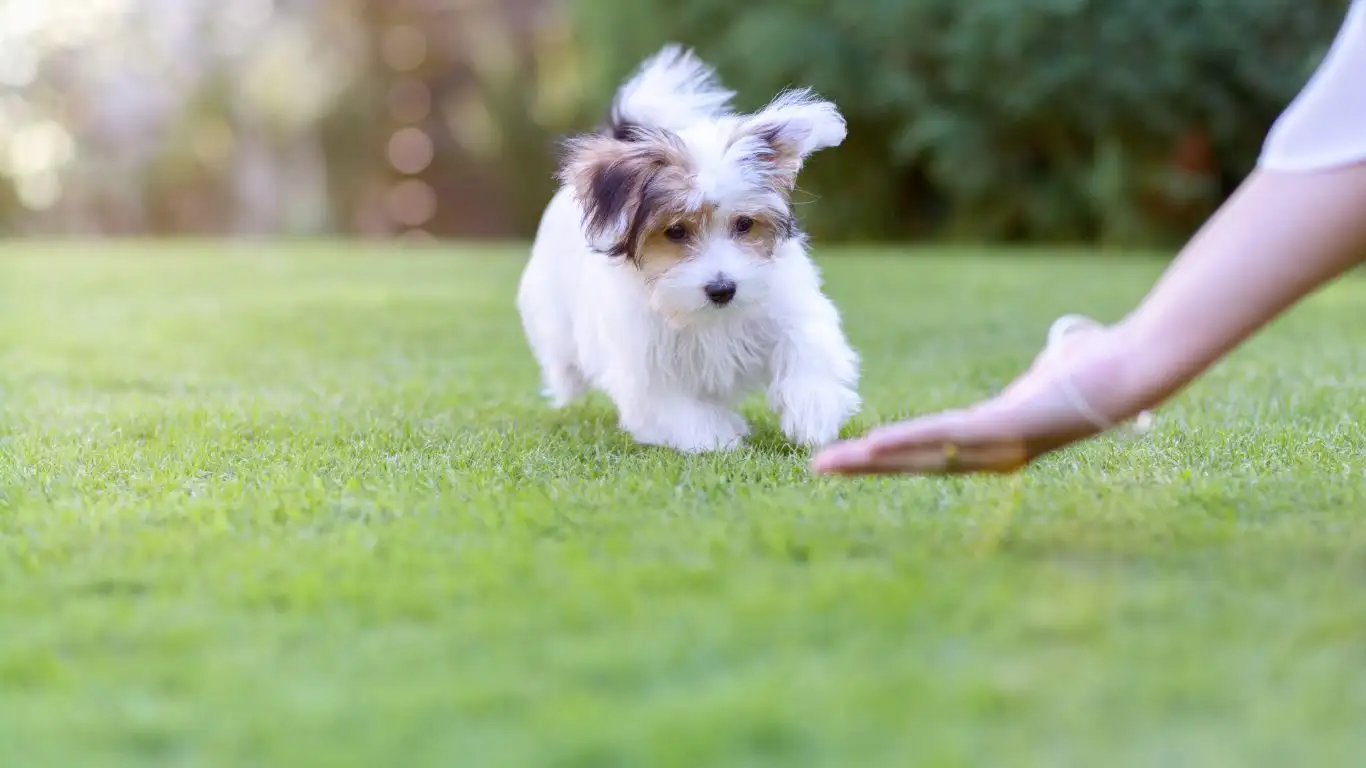
One of the best places to start when figuring out how to train a dog to remain calm around bikes is simple, steady desensitization. I like to call this the “Chill Zone Training.” It’s all about slow exposure, positive associations, and building up trust.
Step-by-Step Desensitization Strategy
- Start at a distance where your dog can see a bike but doesn’t react. This might be across a park or down the block.
- Give treats, praise, or play while your dog is calm and observant. This is where the *magic* of positive reinforcement begins.
- Gradually decrease the distance over several sessions. Never rush it—if your dog starts getting anxious, back up and try again later.
- Introduce movement slowly. Have a friend ride the bike slowly, in wide circles, far from your dog. Over time, bring it closer.
One of my clients had a Labrador named Daisy who would lunge and bark like a banshee every time a cyclist went by. We spent about two weeks just watching bikes from a distance while I handed out bits of chicken like a vending machine. Once she started associating bikes with yummy rewards, we were able to slowly move closer without any drama. By week four? Total zen master.
Teach the “Look at That” Game
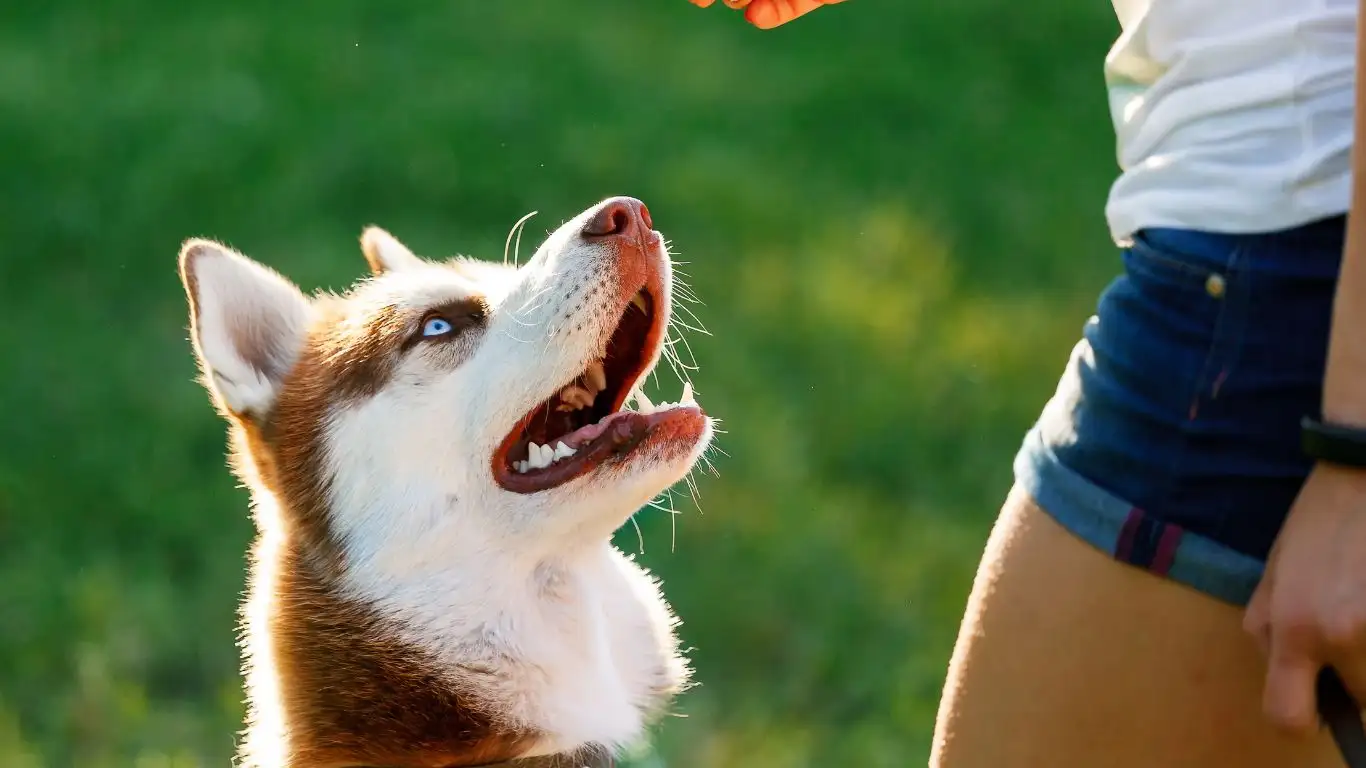
This little gem of a game is a staple in my training toolkit, and it’s a lifesaver for dogs who tend to overreact to triggers. The concept is simple: instead of trying to *avoid* the bike, we teach the dog to *notice it*—and then immediately look back at you for a reward. It flips their instinct from panic to curiosity.
How to Play “Look at That”
- When a bike appears in the distance, say “Look at that!” in a cheerful voice.
- As soon as your dog looks at the bike, mark the behavior with a clicker or a “Yes!”
- Immediately reward with a treat.
- Repeat, gradually getting closer over multiple sessions.
Pro tip: Timing is everything here. You want your dog to connect “bike sighting = treat time” fast. I’ve used this method with therapy dogs-in-training who needed to stay focused in chaotic environments, and it works wonders.
Building Reliability with Calm Commands

Once your dog starts associating bikes with positive things, it’s time to bring in some structure. You want your dog to default to calm behaviors like sitting, staying, or checking in with you when a bike appears—not lunging or panicking. That’s where solid obedience foundations come in.
I’ve worked with dogs from anxious Chihuahuas to high-energy Belgian Malinois, and let me tell you: reliable cues make all the difference. When your dog knows what to do, they feel more confident. And when you’re consistent? Boom—calm becomes the new normal.
Top Calm Commands to Train
- Sit: A simple sit command helps your dog anchor themselves instead of reacting impulsively.
- Stay: Use this to keep your dog in place while bikes pass by. Start with short durations and build up.
- Watch me: This one’s gold. Teach your dog to look into your eyes on cue—it shifts their focus from the bike to you.
Use high-value treats during early training, especially when bikes are nearby. And don’t be stingy with the praise either. I usually carry a pouch full of smelly liver treats when working outdoors—it’s my secret weapon. Dogs LOVE them, and they’ll do just about anything for a nibble.
Practice in Real-Life Scenarios (a.k.a. Field Work)

Alright, now we’re getting into the part where theory meets real life. Desensitization and commands are great, but eventually you’ve got to take it on the road—literally. Whether it’s a bike path, a busy park, or even your neighborhood sidewalk, gradually exposing your dog to real bike encounters is where lasting progress happens.
I usually plan “bike field trips” for my clients. We’ll scope out a local trail during off-peak hours and start practicing at a distance. As the dog progresses, we’ll inch closer to the action. It’s all about setting your dog up for success.
Tips for Outdoor Training with Bikes
- Pick low-traffic times initially. Early mornings or weekday afternoons usually work well.
- Keep your dog on a 6-foot leash—enough freedom to move but not lunge.
- Bring your training tools: treats, clicker (if you use one), and a calm mindset.
- Reward every bit of progress. Even if your dog just *glances* at a bike and stays calm, that’s a win.
One of my therapy trainees, a sweet shepherd named Luna, used to get amped up the second she *heard* a bike bell. We spent a few sessions just hanging out near a trail with headphones playing soft bike sounds while she got massaged and fed snacks. By the time we introduced actual cyclists, she was like, “Oh, that again? No big deal.”
Use Distance as Your Safety Net
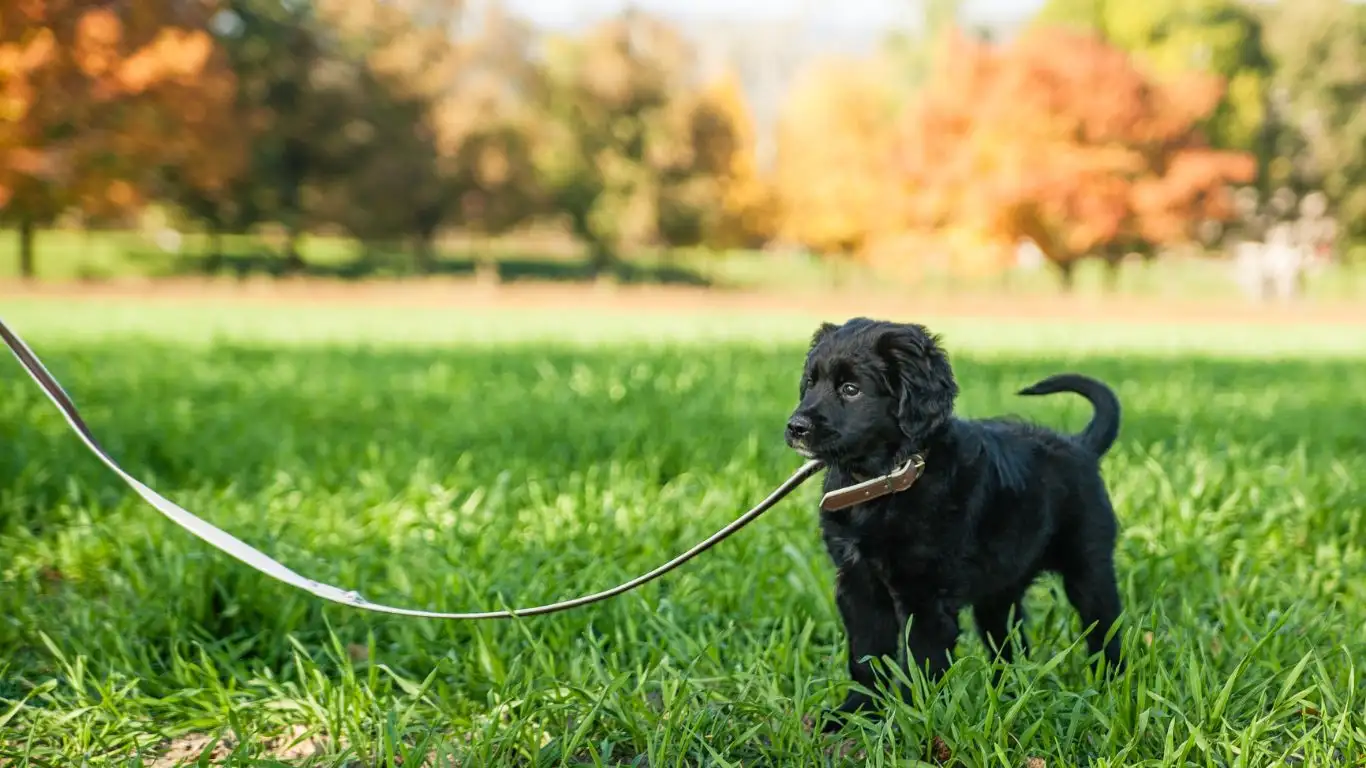
One big mistake I see people make is trying to push their dog too close, too fast. Trust me, your dog needs distance to process what’s happening. When in doubt, create space. Let your dog observe bikes from a spot where they feel safe and can succeed.
There’s no shame in hanging back—actually, it’s one of the smartest things you can do. I tell my clients, “If your dog isn’t calm at 30 feet, don’t expect miracles at 10 feet.” Build success from where your dog *is*, not where you wish they were.
How to Gauge Your Dog’s Comfort Level
- Loose body language? That’s a green light to move a little closer.
- Tense posture or alert ears? Stay put, reward calm behavior.
- Barking, lunging, or stiff tail? You’ve crossed the threshold—back up and regroup.
Each dog is different. Some take a few sessions to build confidence. Others need a few weeks or more. Don’t rush the process. Your dog’s comfort and trust are what matter most. I promise, the time you invest now will pay off tenfold later.
In the next phase, we’ll look at integrating bikes into your everyday walks, and even prepping your dog to walk beside or behind a moving bike for those who eventually want to enjoy bike rides together. But for now, let’s keep building that solid, calm foundation—one successful pass at a time.
Integrating Calm Behavior Into Everyday Walks
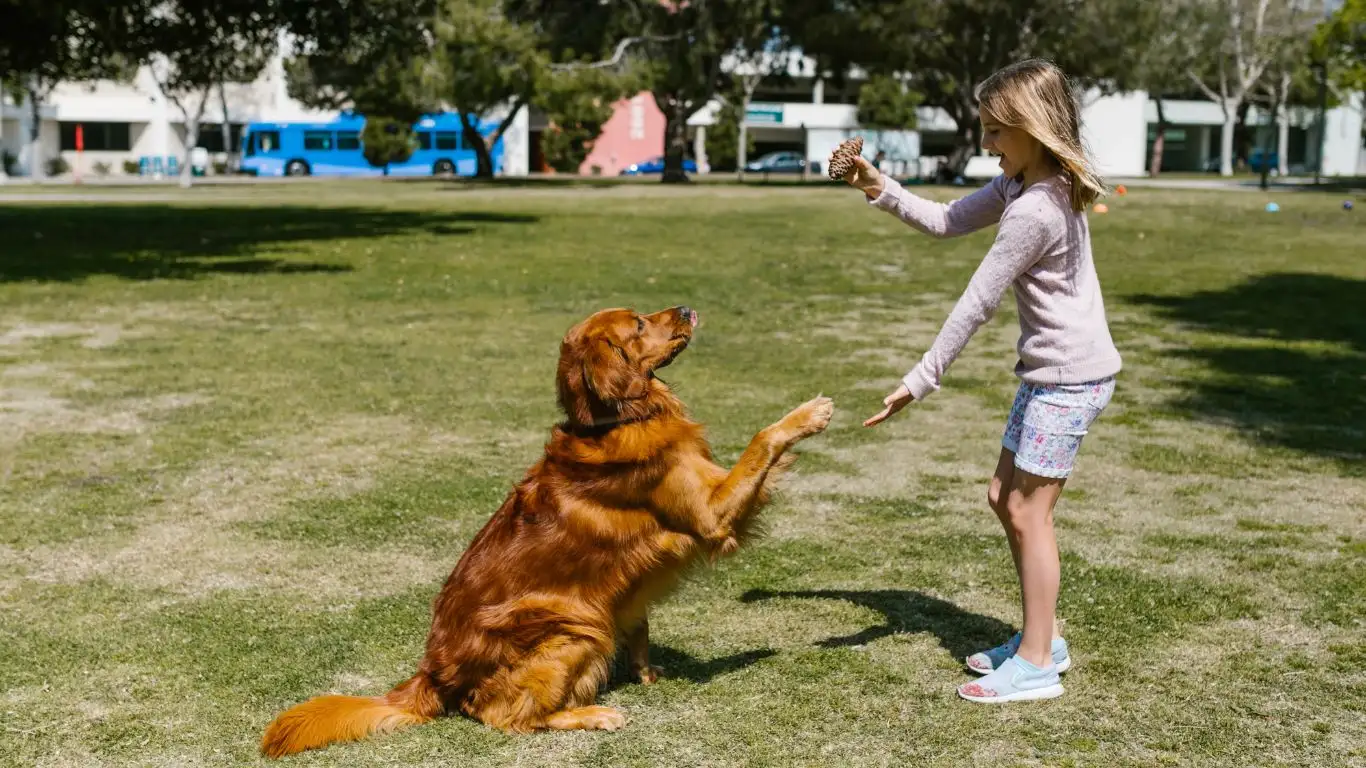
By now, if you’ve followed the desensitization steps, built solid commands, and practiced out in the real world, your pup should be showing signs of progress. That’s a huge win. The next step? We want that calmness to feel *normal*—not just during training sessions, but on every walk, every day.
Think of this as maintenance mode. You’re still reinforcing good behavior, but now you’re weaving it into your regular routine. When I’m working with therapy dogs, I tell their handlers that training doesn’t stop when the lesson ends. Every walk is an opportunity to reinforce calm, confident responses—especially when bikes show up.
Everyday Habits That Reinforce Calm Around Bikes
- Stay proactive: If you see a bike coming, get your dog’s attention before they notice it. That head start makes a big difference.
- Use your tools: Treat pouches, clickers, or verbal praise all help reinforce good behavior on the fly.
- Stick to a rhythm: Consistency builds confidence. Try to walk similar routes where your dog might see a few bikes but not get overwhelmed.
One trick I love? Using natural distractions—like letting your dog sniff a bush or tree—as a way to calmly redirect when a bike’s approaching. It’s subtle, and it keeps the dog mentally engaged without turning every pass into a command drill. That said, always read your dog. If they’re stressed, pause and take a moment together. The goal is to make every encounter as uneventful as possible.
When You’re Ready to Walk with a Bike

For those of you thinking, “Okay Tarra, my dog’s doing great—can we ride bikes together now?” the answer is: maybe. Not every dog is a candidate for bike-side jogging, but with the right prep, many can learn to enjoy it safely.
Before you even think about riding, your dog should have near-perfect leash manners, rock-solid obedience, and no signs of reactivity to bikes—or sudden movement in general. Safety always comes first, for both of you.
Training Your Dog to Run Beside a Bike
- Start slow: Walk your bike with your dog on the opposite side. Let them get used to the sound and movement at a relaxed pace.
- Use a hands-free leash or bike attachment: Look for products designed specifically for bike training—this keeps both hands free and reduces risk.
- Stick to smooth, low-traffic areas: Avoid busy streets or rocky trails. Parks with wide paved paths work great.
- Go short and sweet: Early rides should be brief—5-10 minutes is plenty. Reward like crazy for good behavior.
I had a client with a high-energy border collie named Max. We started with 3-minute “walk beside the bike” drills and built up to short jogs over a few weeks. Max ended up loving it, but we never skipped safety checks—hydration, paw health, weather conditions—all crucial pieces when biking with dogs.
When to Seek Professional Help
Sometimes, despite our best efforts, progress stalls or the reactivity is just too intense. That’s not a failure—it just means you may need extra support. I’ve had to call in fellow trainers or behaviorists for clients whose dogs had deeply ingrained trauma or aggression issues around bikes. It’s honestly one of the best investments you can make if you’re stuck.
Look for a certified positive reinforcement trainer or a veterinary behaviorist if:
- Your dog is showing signs of extreme fear or aggression.
- You’re worried about safety (yours or your dog’s).
- You’re not seeing progress after consistent training.
Remember, working with an expert adds another layer of experience and objectivity—two things that can totally change the game.
References
Disclaimer
This article is based on my personal experience as a Canine-Assisted Therapy Trainer and is intended for informational purposes only. It is not a substitute for professional veterinary or behavioral advice. If your dog exhibits signs of severe stress or aggression, consult a certified professional before proceeding with training around bikes or other triggers.
